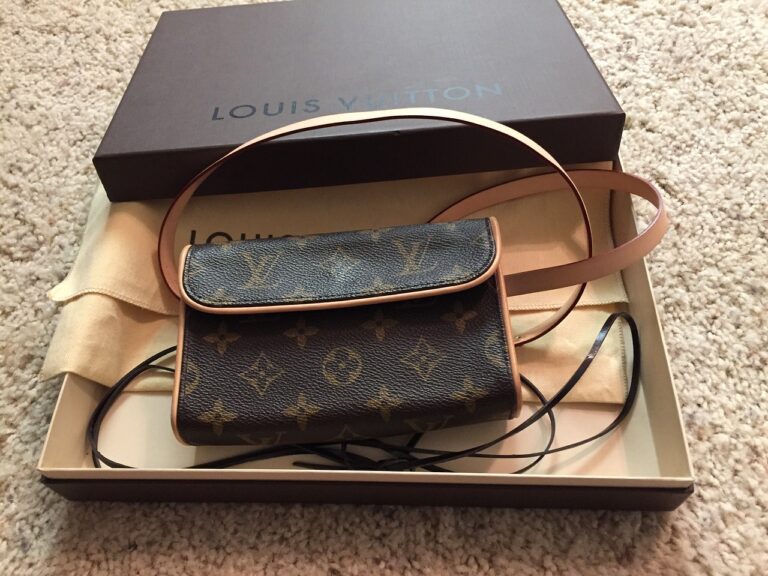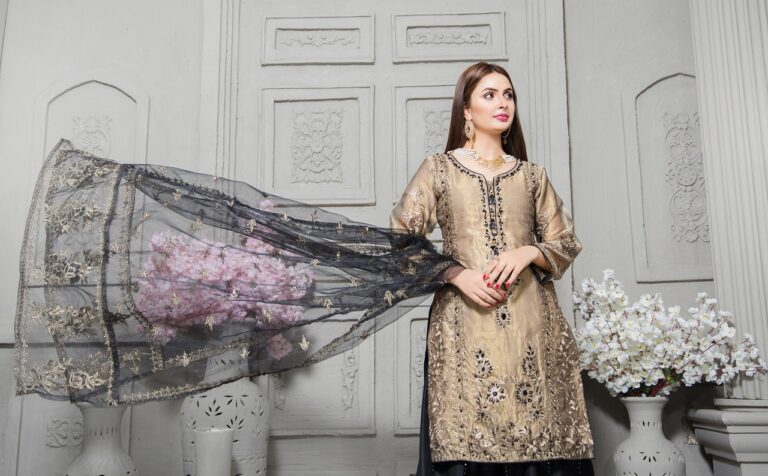Exploring the Role of Fashion in Cultural Identity Expression: 99 exch sign up, Lotus 365.io, Play exch.in
99 exch sign up, lotus 365.io, play exch.in: Exploring the Role of Fashion in Cultural Identity Expression
Fashion has always been more than just clothing; it is a form of self-expression, a way to communicate who we are and where we come from. In today’s globalized world, where cultures are constantly intersecting and influencing one another, fashion plays a vital role in expressing cultural identity. From traditional attire to modern trends, the clothes we wear tell a story about our heritage, values, and beliefs. In this article, we will delve into the fascinating world of fashion and its impact on cultural identity expression.
Fashion as a Reflection of Cultural Identity
One of the most fundamental ways in which fashion impacts cultural identity is by serving as a reflection of our traditions and heritage. Traditional clothing, such as the kimono in Japan or the saree in India, embodies centuries-old customs and practices that have been passed down through generations. These garments not only showcase the artistic skills of the craftsmen who create them but also symbolize the cultural values and beliefs of a community.
Even in modern fashion, designers often draw inspiration from their cultural roots, incorporating elements of their heritage into their designs. For example, African designers often use vibrant colors and bold prints in their collections, reflecting the rich cultural heritage of the continent. By infusing their designs with these cultural references, designers are able to celebrate their roots and share them with a global audience.
Fashion as a Tool for Cultural Preservation
In addition to serving as a reflection of cultural identity, fashion also plays a vital role in preserving traditional practices and techniques. Many traditional art forms, such as weaving, embroidery, and dyeing, are passed down through generations within specific cultural communities. By incorporating these techniques into their designs, fashion designers help to keep these traditions alive and ensure that they are not lost to time.
For example, the art of ikat weaving, which originated in Central Asia, has been preserved and celebrated by designers in countries such as Indonesia and Uzbekistan. By incorporating ikat fabrics into their collections, these designers not only pay homage to their heritage but also support local artisans and craftsmen who have been practicing these techniques for centuries.
Fashion as a Vehicle for Cultural Exchange
The global nature of the fashion industry has made it a powerful vehicle for cultural exchange. Designers from different parts of the world often collaborate and draw inspiration from one another, leading to the creation of unique and innovative designs that blend various cultural influences. This fusion of traditions and styles not only enriches the fashion landscape but also fosters a deeper understanding and appreciation of different cultures.
For example, the rise of streetwear culture in recent years has brought together elements of urban fashion from cities around the world, including New York, Tokyo, and London. By blending elements of hip-hop, skateboarding, and other subcultures, streetwear designers have created a global phenomenon that transcends cultural boundaries and resonates with young people everywhere.
FAQs
Q: How does fashion influence cultural identity?
A: Fashion serves as a reflection of cultural identity by embodying traditions, values, and beliefs through clothing and design.
Q: Why is it important to preserve traditional techniques in fashion?
A: Preserving traditional techniques in fashion helps to keep cultural heritage alive and support local artisans and craftsmen.
Q: How does fashion contribute to cultural exchange?
A: Fashion fosters cultural exchange by bringing together designers from different backgrounds and facilitating the blending of various cultural influences.
In conclusion, fashion plays a significant role in cultural identity expression by reflecting traditions, preserving heritage, and fostering cultural exchange. Through the clothes we wear and the designs we create, we are able to celebrate our roots, share our stories, and connect with people from all corners of the globe. As the fashion industry continues to evolve and embrace diversity, we can look forward to a future where cultural identities are celebrated and shared through the universal language of style.






